AGAIN WITH ASTEROIDS
Asteroids again. 69 are coming at us in the next 100 years! It's About Space, and for Many, It's About Time By VINCENT M. MALLOZZI Published: August 23, 2005 THE discussions are out of this world. "There's been an asteroid on the news lately," the man behind the microphone tells a cluster of star gazers at the American Museum of Natural History in Manhattan. "Not only does this asteroid cross Earth's orbit, but this one is getting close." On the third Tuesday of every month, Neil deGrasse Tyson, ambassador to the universe by way of the Bronx, discusses current events - in space. "We are a space show for people on the frontier of cosmic discovery," says Dr. Tyson, an astrophysicist who is also the director of the Hayden Planetarium, the usual site for the 90-minute program called, "This Just In ..." "Here, the news of space is delivered not by television or newspapers, but by me, a real scientist," says Dr. Tyson, a native New Yorker who graduated from the Bronx High School of Science. "It's a different kind of view." 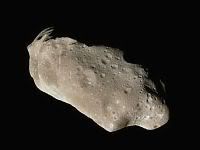 On his way to a stage where he floats theories and observations, rattles off statistical probabilities and delves into the cold, hard facts of space life, Dr. Tyson spins 180 degrees, and begins to moonwalk. On his way to a stage where he floats theories and observations, rattles off statistical probabilities and delves into the cold, hard facts of space life, Dr. Tyson spins 180 degrees, and begins to moonwalk."I'm still practicing my Mars walk," he says. Among the topics tackled last Tuesday night: asteroid mitigation, the takeoff and return of the Discovery space shuttle, the successful launching of the Mars Reconnaissance Orbiter and the first planet under three suns, discovered in the constellation Cygnus, by a planetary scientist at the California Institute of Technology using the 10-meter Keck telescope in Hawaii. "A triple sunset, that's kind of romantic," says Dr. Tyson, delivering his material in a manner more Mr. Seinfeld than Mr. Spock. "You have three chances." Shortly after reviewing celestial highlights and other photographs on a giant screen behind his lectern - a picture of the front edge of a sound wave causing nearby waters to ripple during the Discovery launch sends gasps through the audience - Dr. Tyson hands his microphone to Rusty Schweickart, an astronaut from the Apollo 9 mission. Mr. Schweickart soon warns of the possibility that Earth will collide with another asteroid. "There are 69 asteroids out there, any of which might hit the earth within the next 100 years," says Mr. Schweickart, making most of the 115 spectators squirm in their chairs. "In the year 2036, a potential impact is possible." It is this kind of information that makes Erna Neumann a Tuesday night regular. "It's such a big world out there, it puts everyday life down here into real perspective," says Ms. Neumann, 57, a nurse practitioner who lives in Manhattan. "These lectures are very addictive." Dr. Tyson, high on life above the clouds, knows the feeling. "I'm fortunate that I can talk to people about the black hole, the big bang and Mars, and everyone is wide-eyed," he says. "That can't be said for a lot of other sciences - I can't see a physicist holding court like this." Asteroid's path could put Earth in its sights By Dan Vergano, USA TODAY Mon Aug 29, 6:34 AM ET Astronomers are debating what to do about Earth's close encounter with an asteroid in 2029 and again in 2036 - passages that might be too close for comfort. Apophis, a 1,059-foot-wide asteroid, has excited astronomers since it was spotted last year. After observing it for a while, scientists concluded that it has only a 1-in-8,000 chance of ever smacking into Earth. But even that slim chance has them talking and NASA pondering how to keep track of it - just in case. "The most likely turn of events is that it will miss us," says Steve Chesley of NASA's Jet Propulsion Laboratory in Pasadena, Calif., which has monitored the asteroid since December as part of its normal watch over "near-Earth" asteroids. "We are prepared for the worst but certainly don't want to act too hastily." In June, former astronaut Russell Schweickart petitioned NASA chief Michael Griffin to consider placing a transmitter on Apophis, which is named after an ancient Egyptian god of darkness and destruction, by 2013. Chesley says NASA will respond in a few weeks. The key question about Apophis is whether its 2029 trajectory will go through a roughly 2,000-foot-wide region called a "keyhole," says astronomer Clark Chapman of Southwest Research Institute in Boulder, Colo. If it passes through that region - that one-in-8,000 chance - its course would be deflected to make an impact with Earth in 2036 very likely, he says. This asteroid passes near Earth every seven or eight years, but the 2029 trajectory is expected to be its closest approach. In the petition, Schweickart warned that waiting for better estimates of Apophis' likely path in 2020, after another flyby of Earth, would leave little time to deflect the asteroid away from the keyhole. If the asteroid were to strike Earth, scientists say the impact would be felt somewhere on a line stretching from Japan to the Caribbean. It would create a roughly 2-mile-wide crater and possibly create a tsunami. But Chesley says directing the asteroid away from Earth might take only a blast the size of NASA's "Deep Impact" mission, which smacked a probe into the comet called Tempel 1 in July. A 2029 deflection mission would be easier because an asteroid practically saunters compared with the speed of a comet, and this one passes within 22,600 miles of Earth's center -"extraordinarily close for an object of this size," he says. The asteroid should be visible, about as bright as the stars in the Big Dipper constellation, to observers in Europe, Chapman says. Such a close asteroid flyby comes only once every 1,500 years. "Certainly this is a profound scientific opportunity," Chesley adds. Astronomers already are pondering what the 2029 encounter will do to the asteroid. The Earth's gravity will exert strong tidal forces on Apophis, which could change the asteroid's shape if it is only a loose agglomeration of rock. The flyby also will permanently alter the asteroid's orbit, although how is still uncertain. Radar observations next spring should improve estimates of the asteroid's path and might indicate a lower impact risk. "But there are more asteroids out there, so we should be paying attention," Chapman says. |

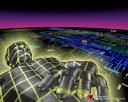



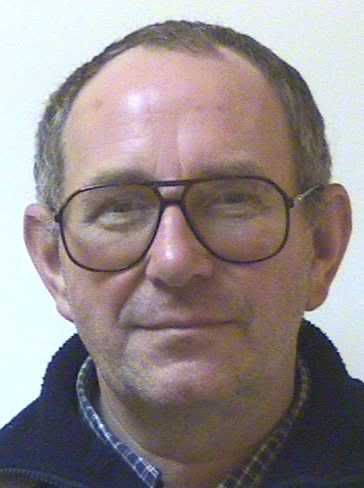
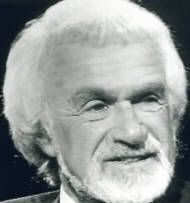

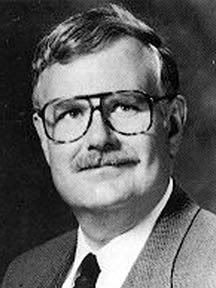



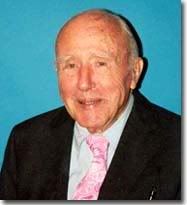
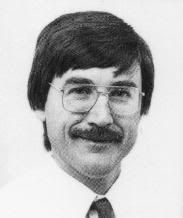



<< Home